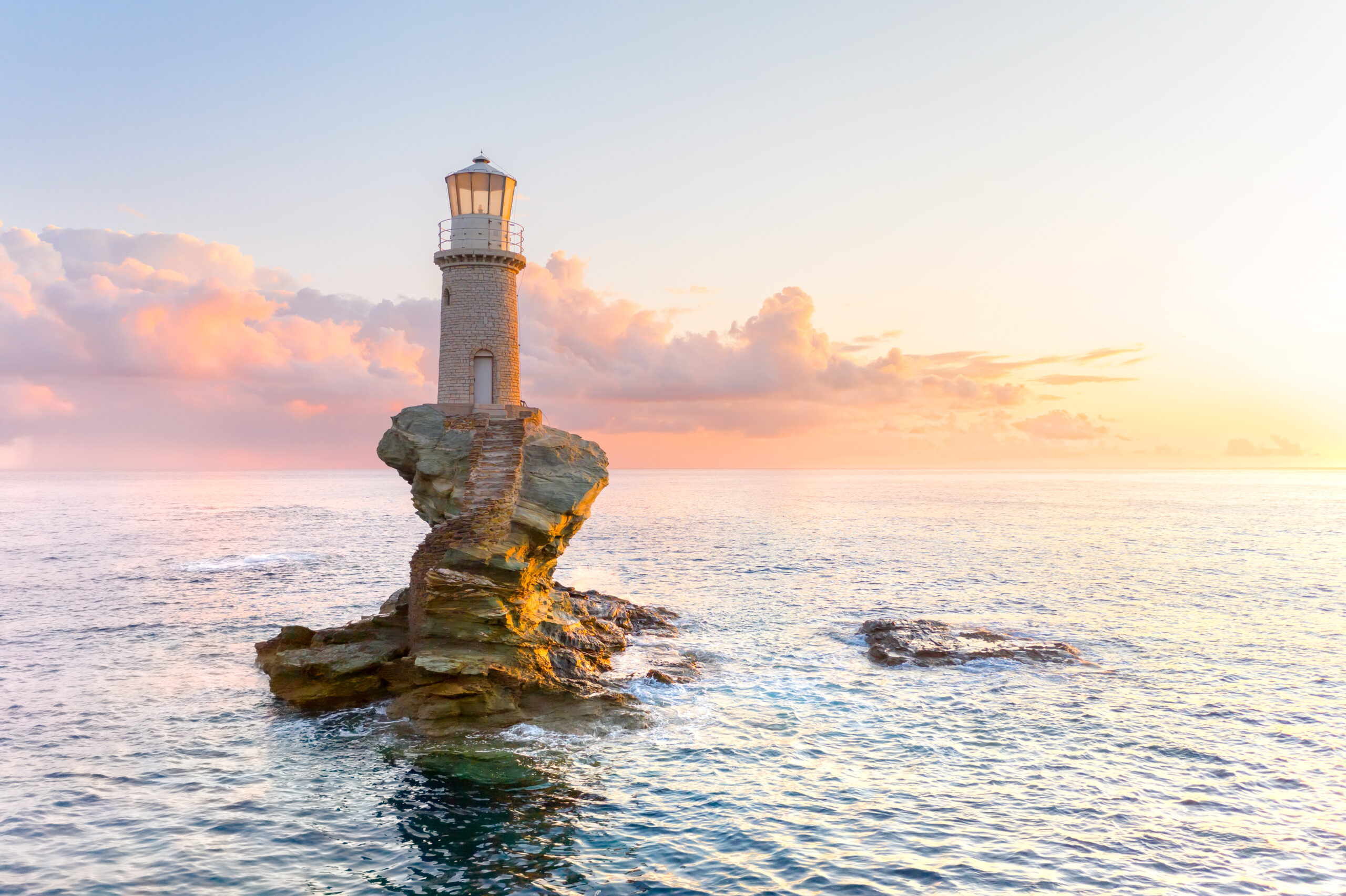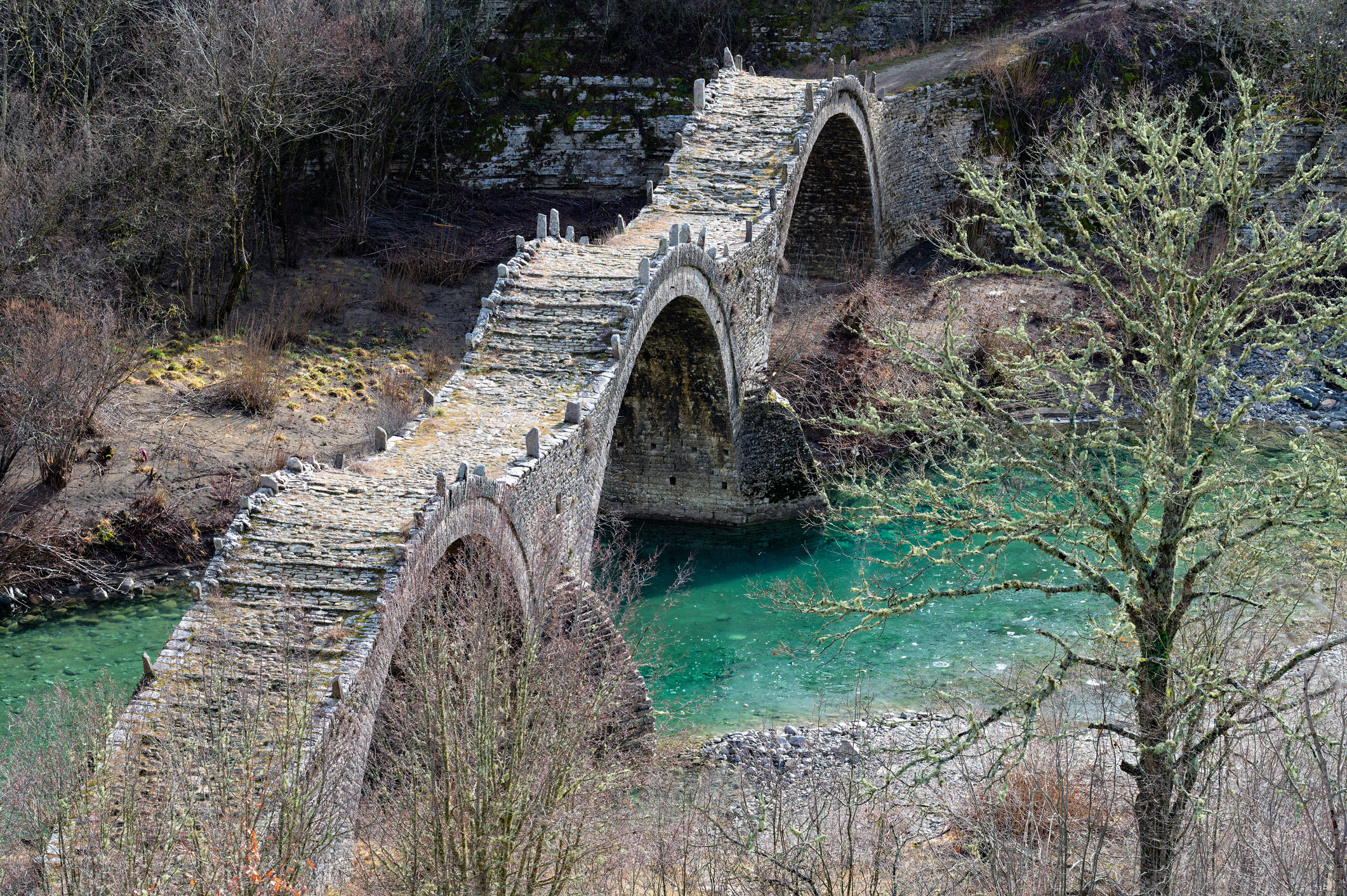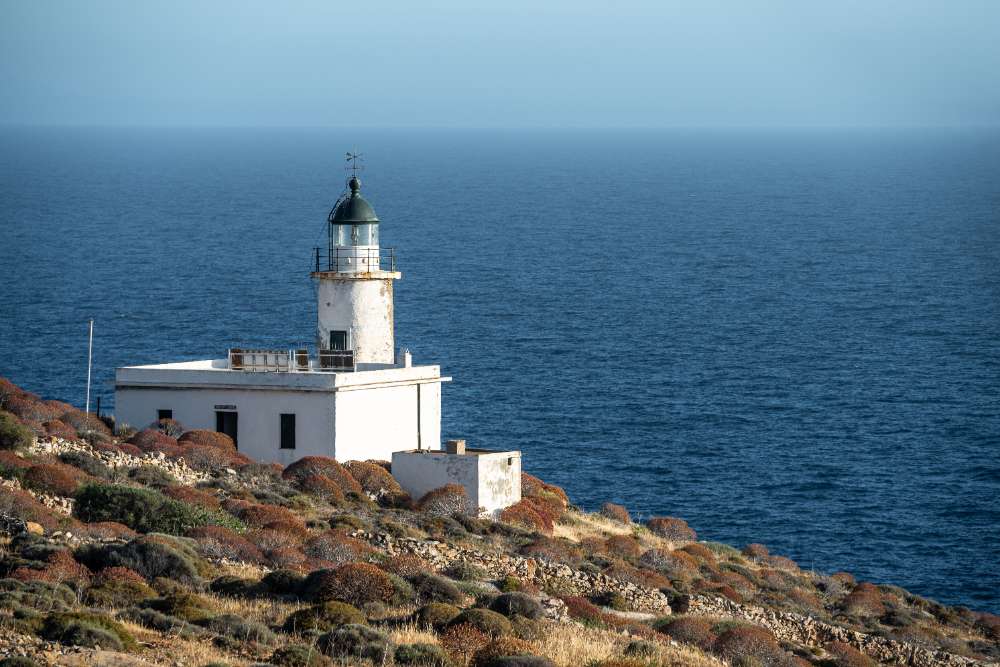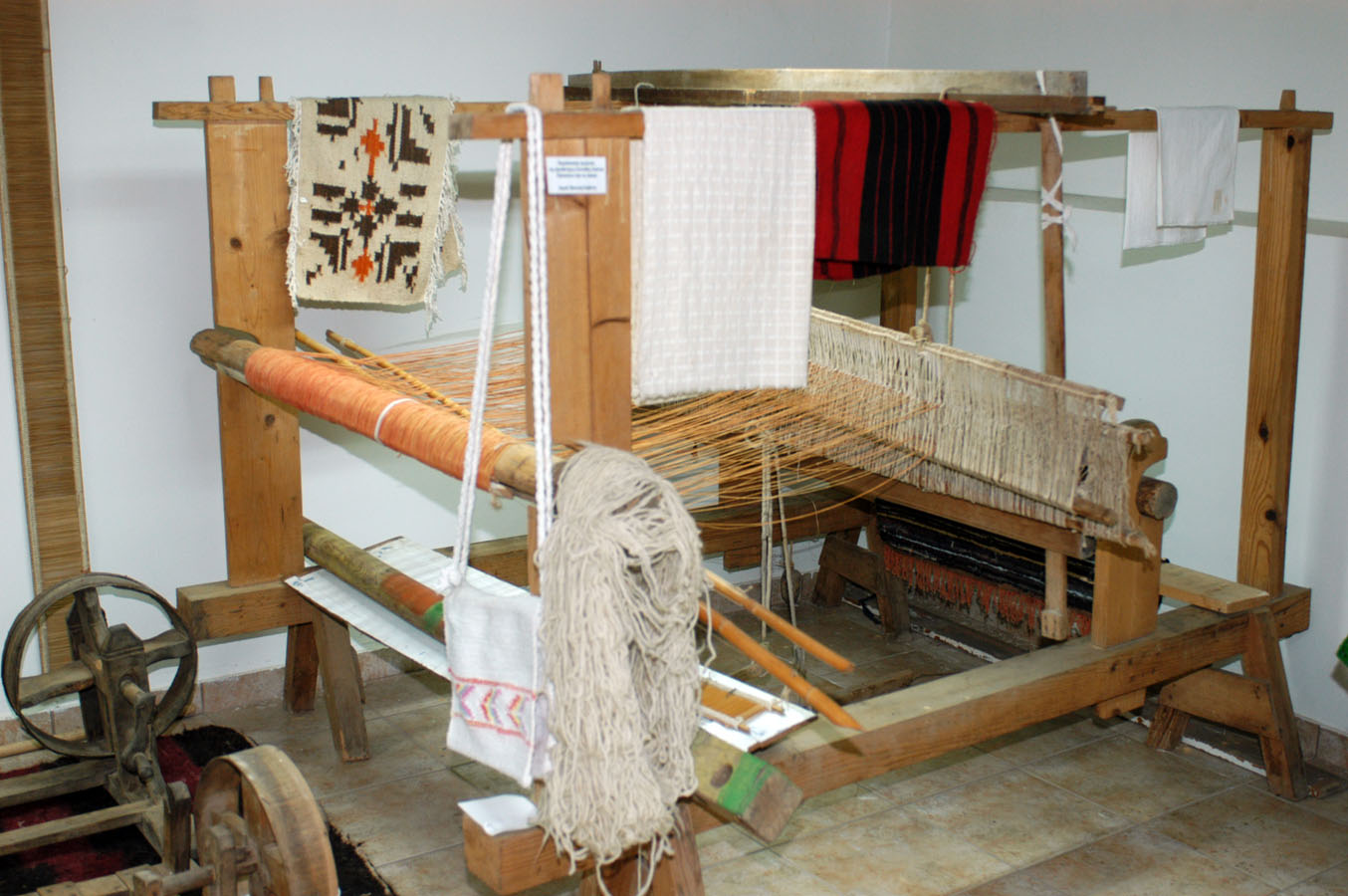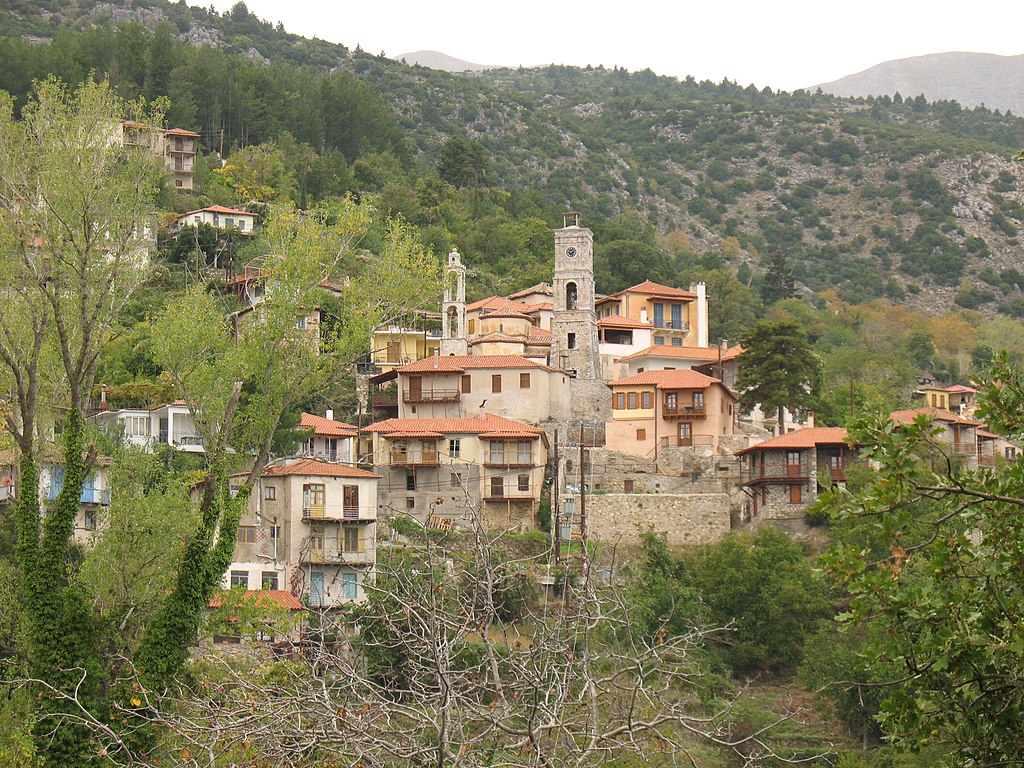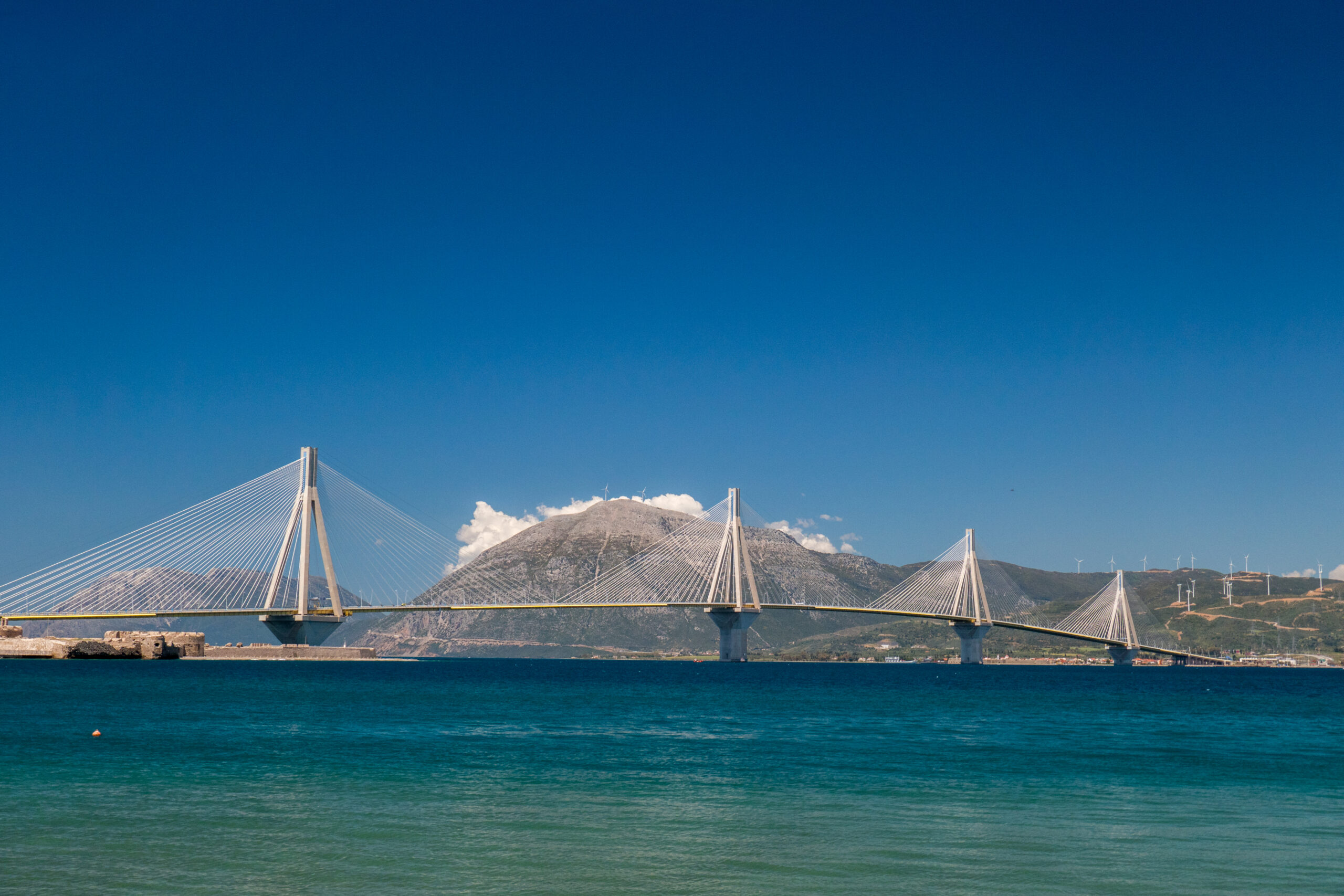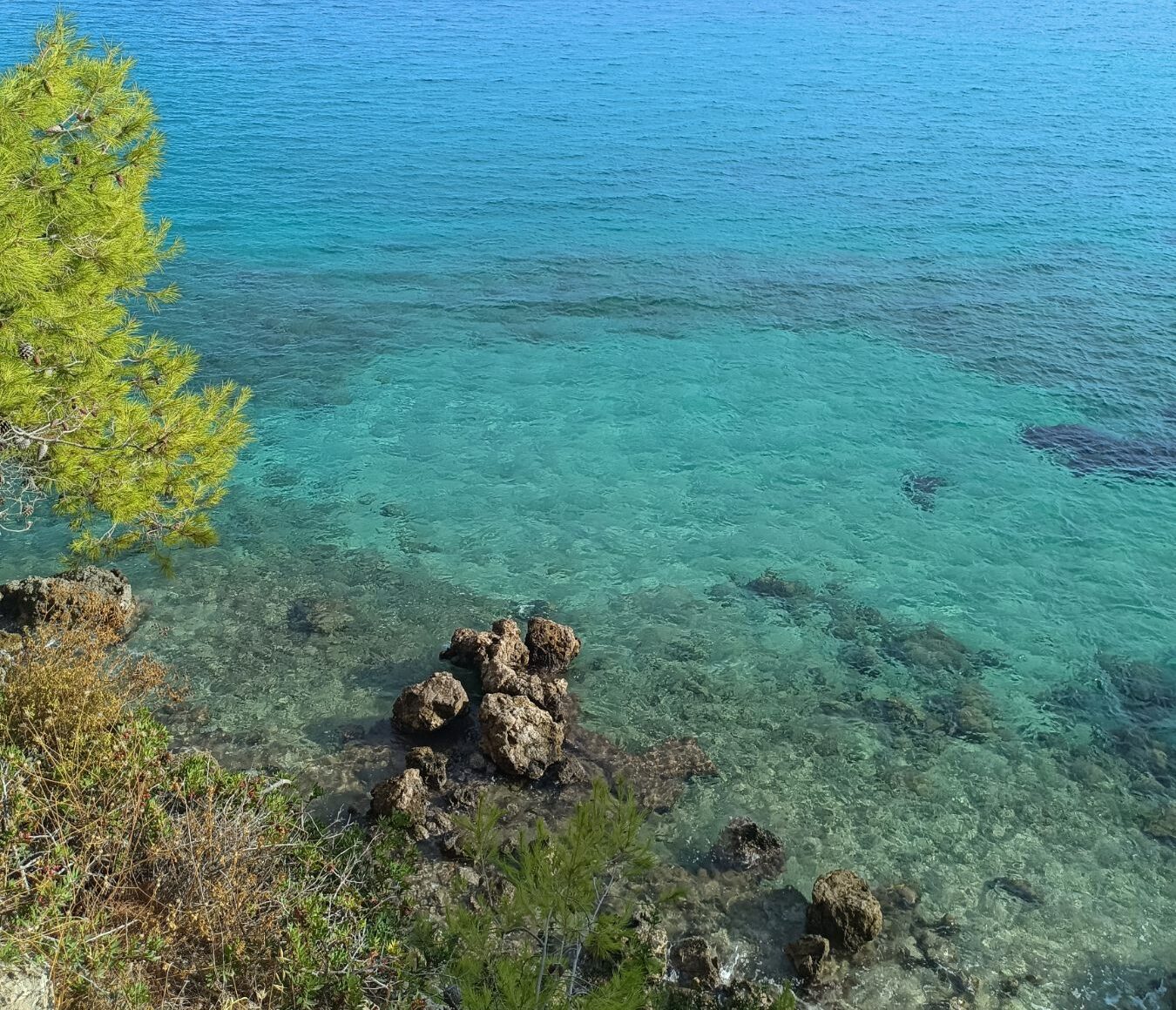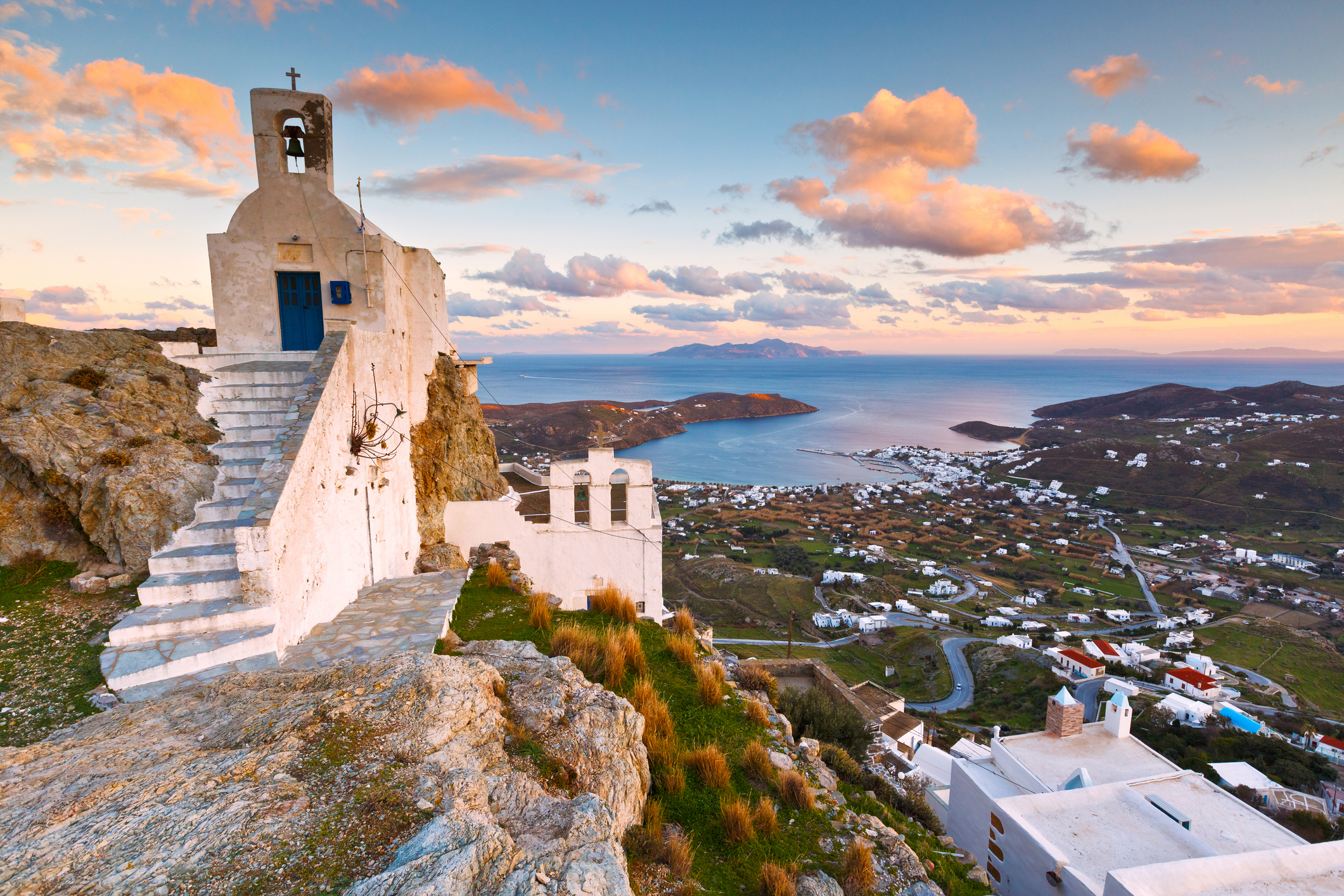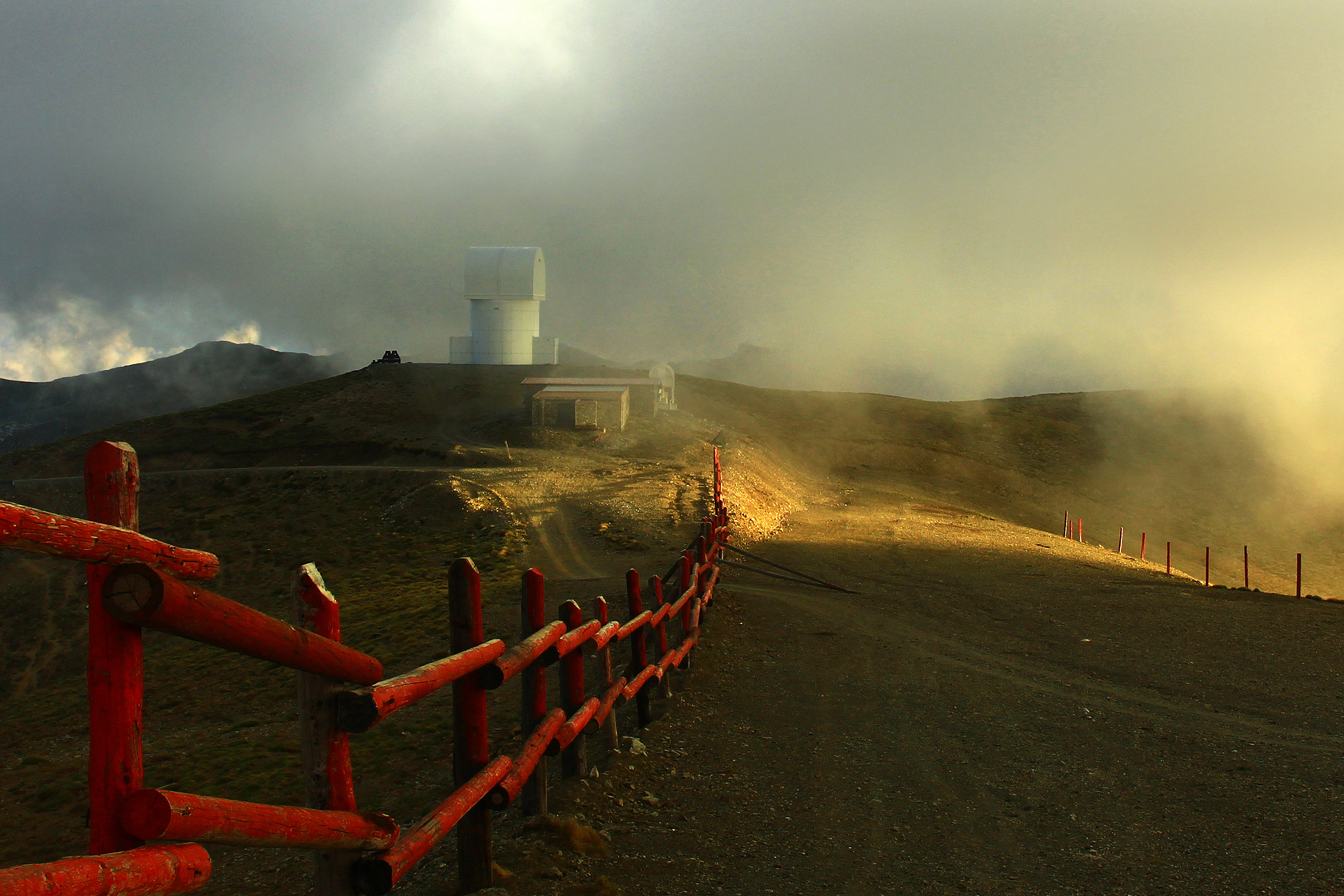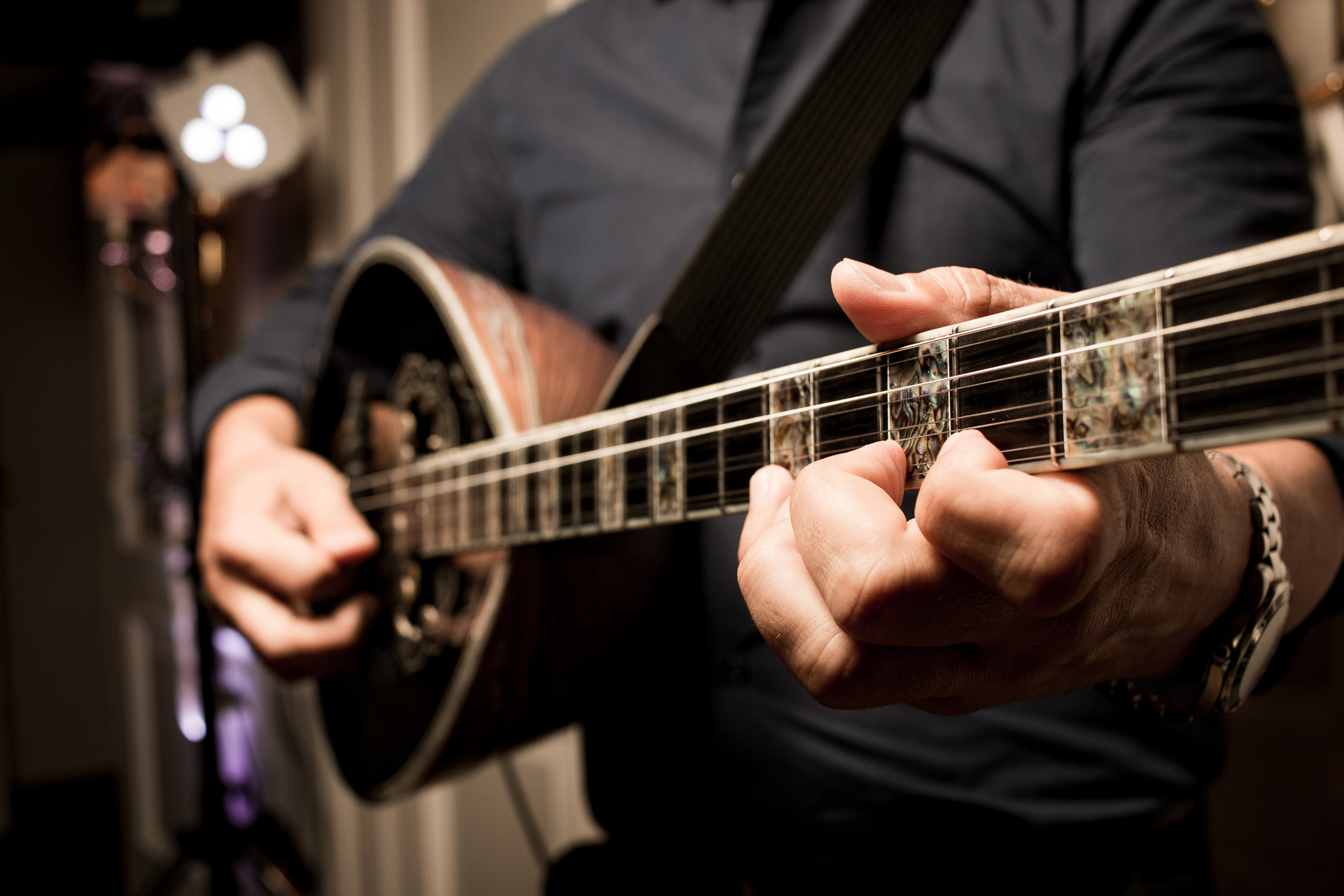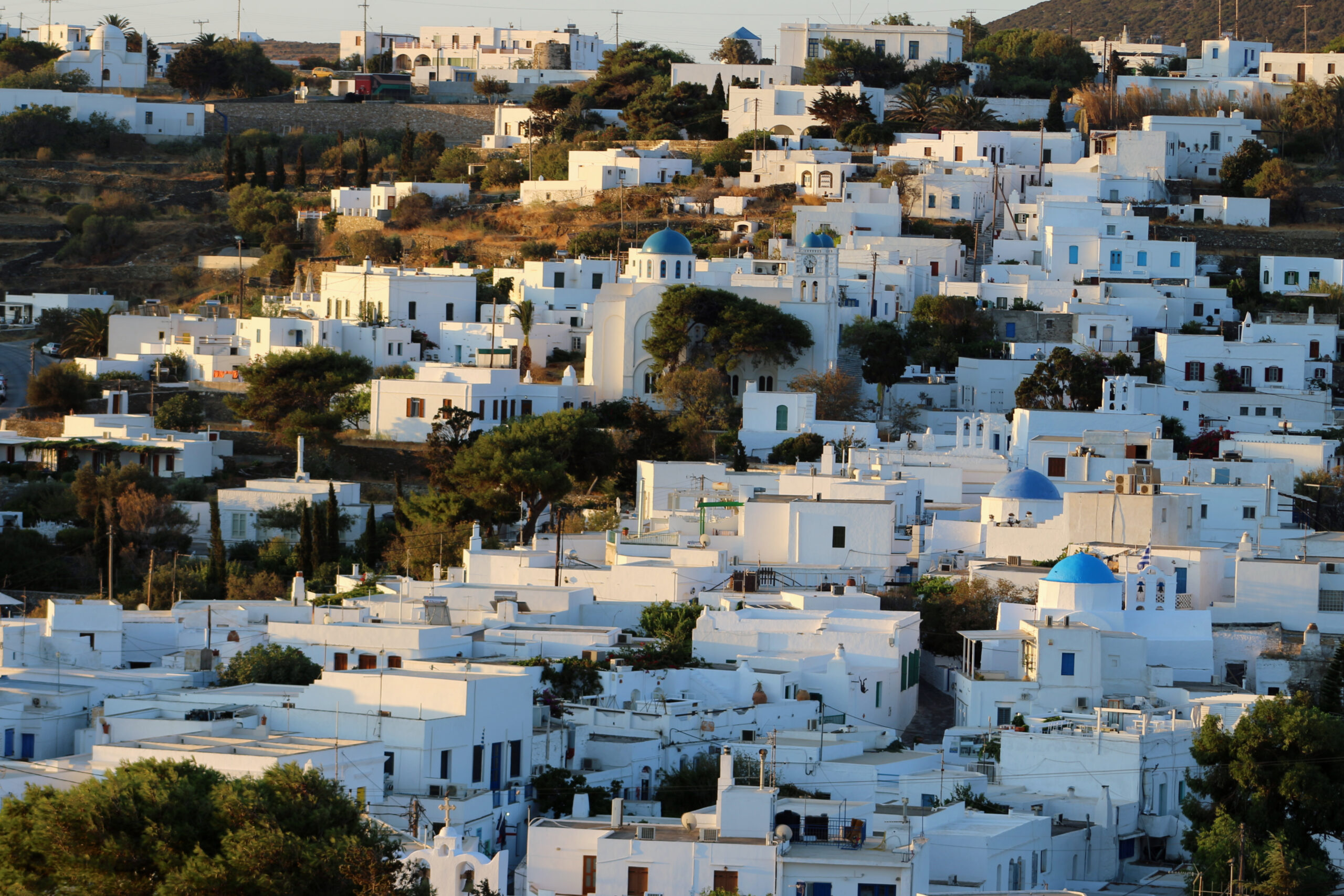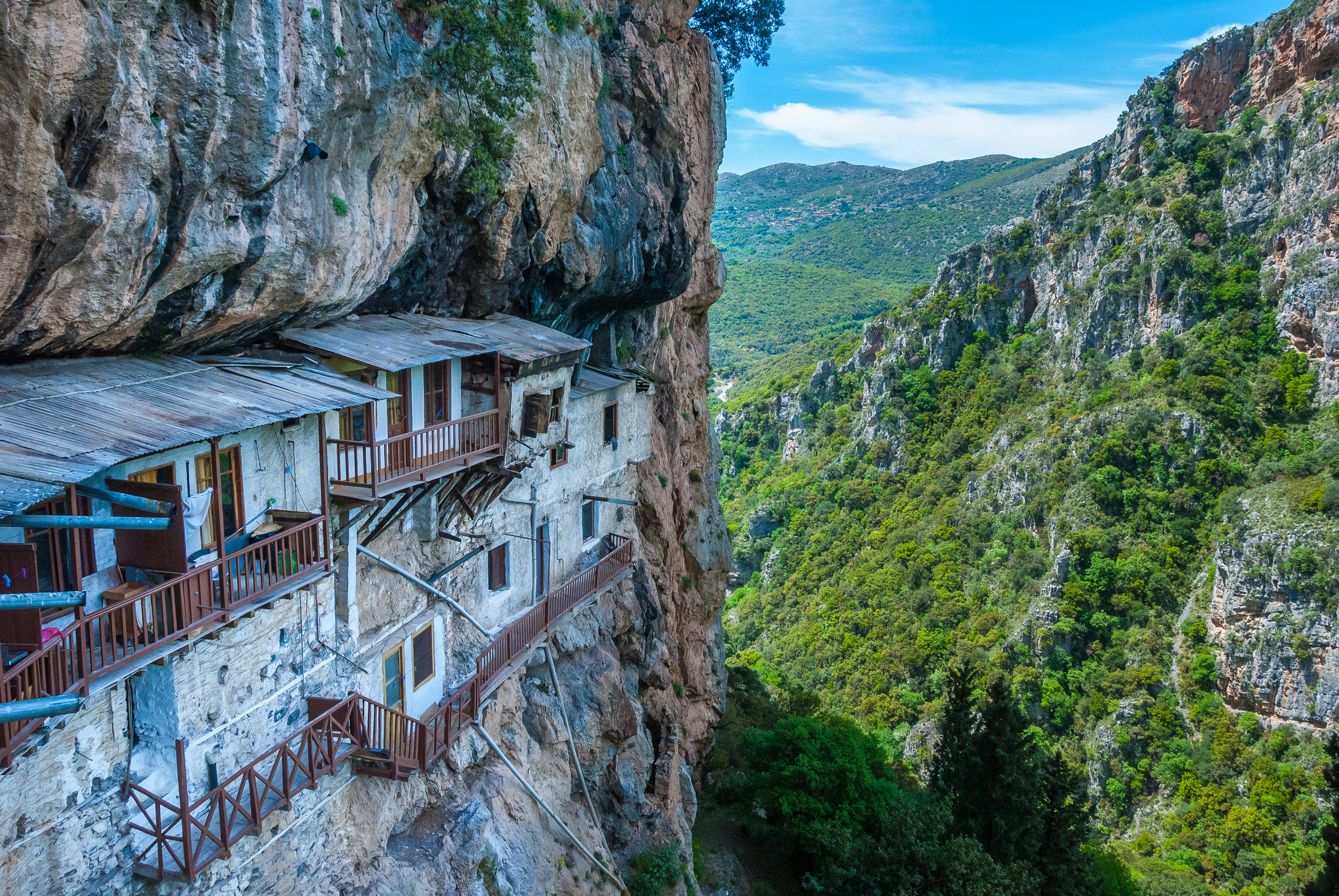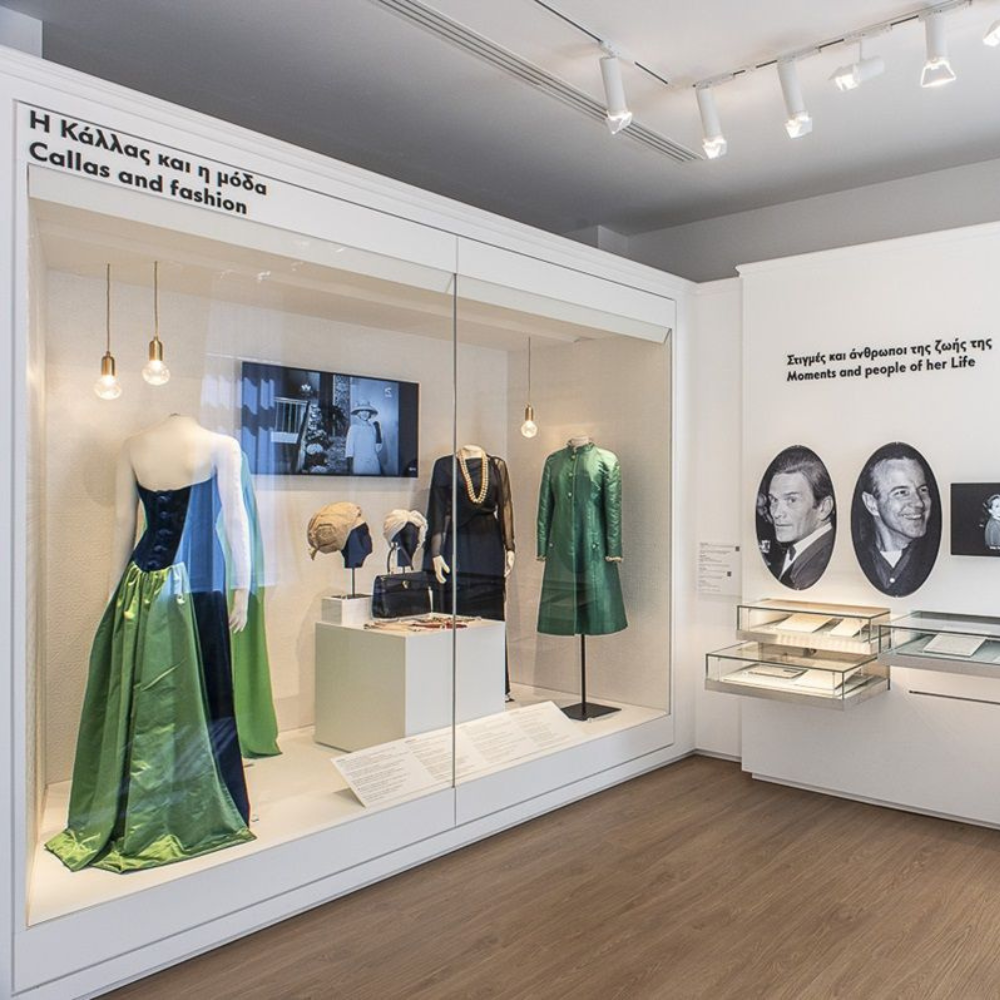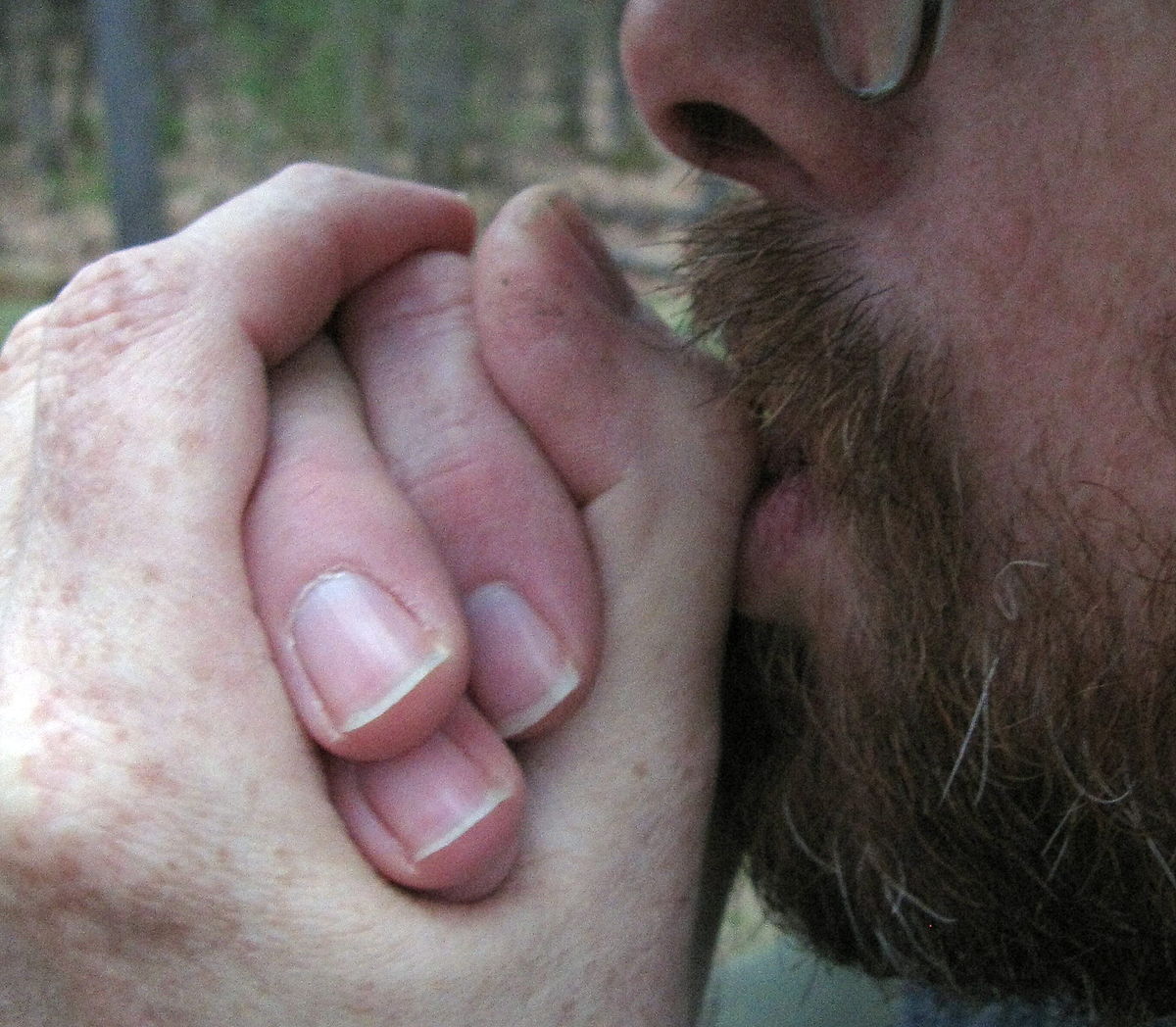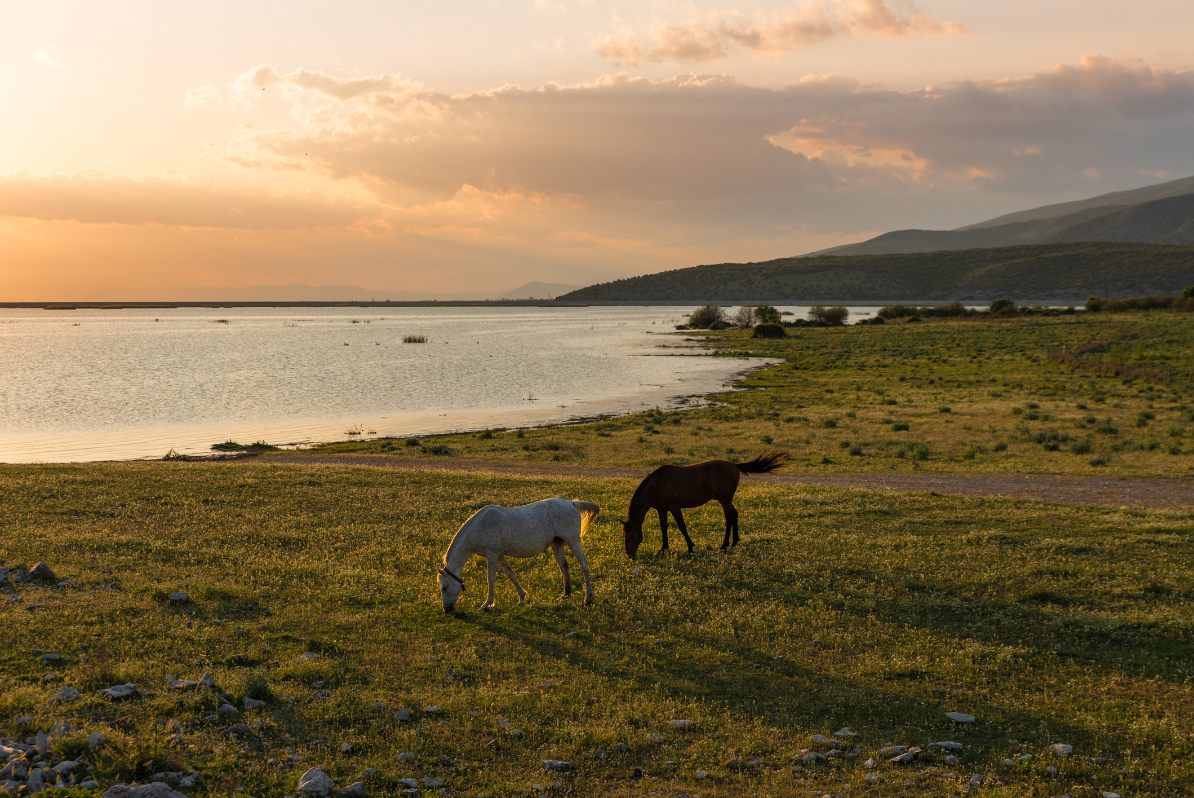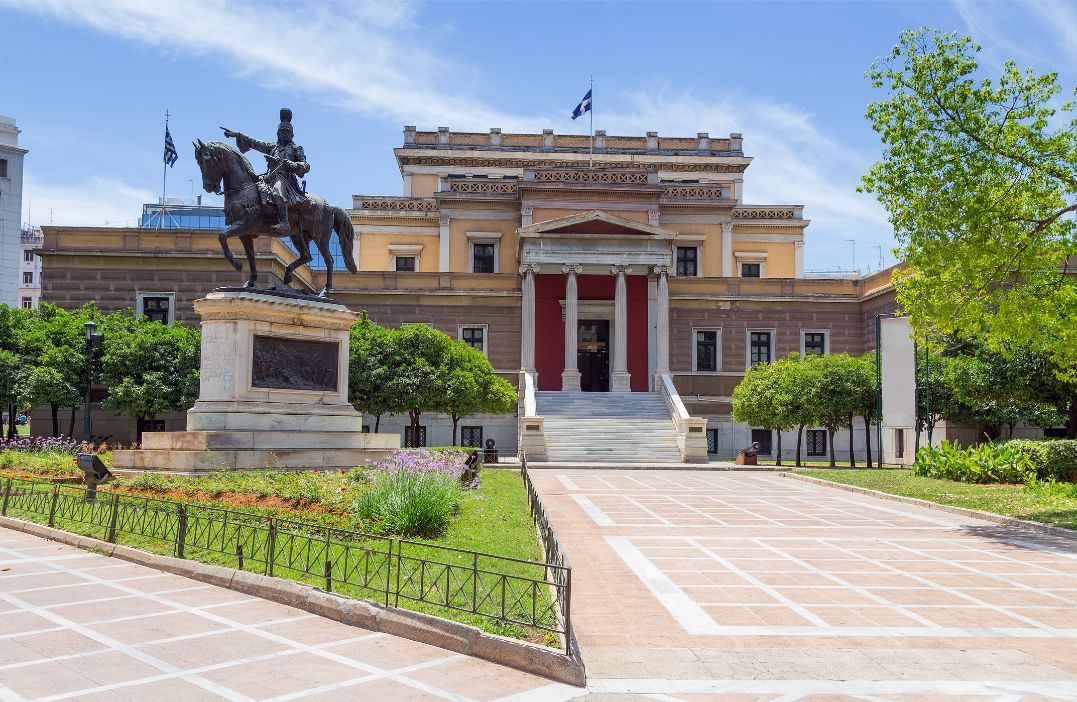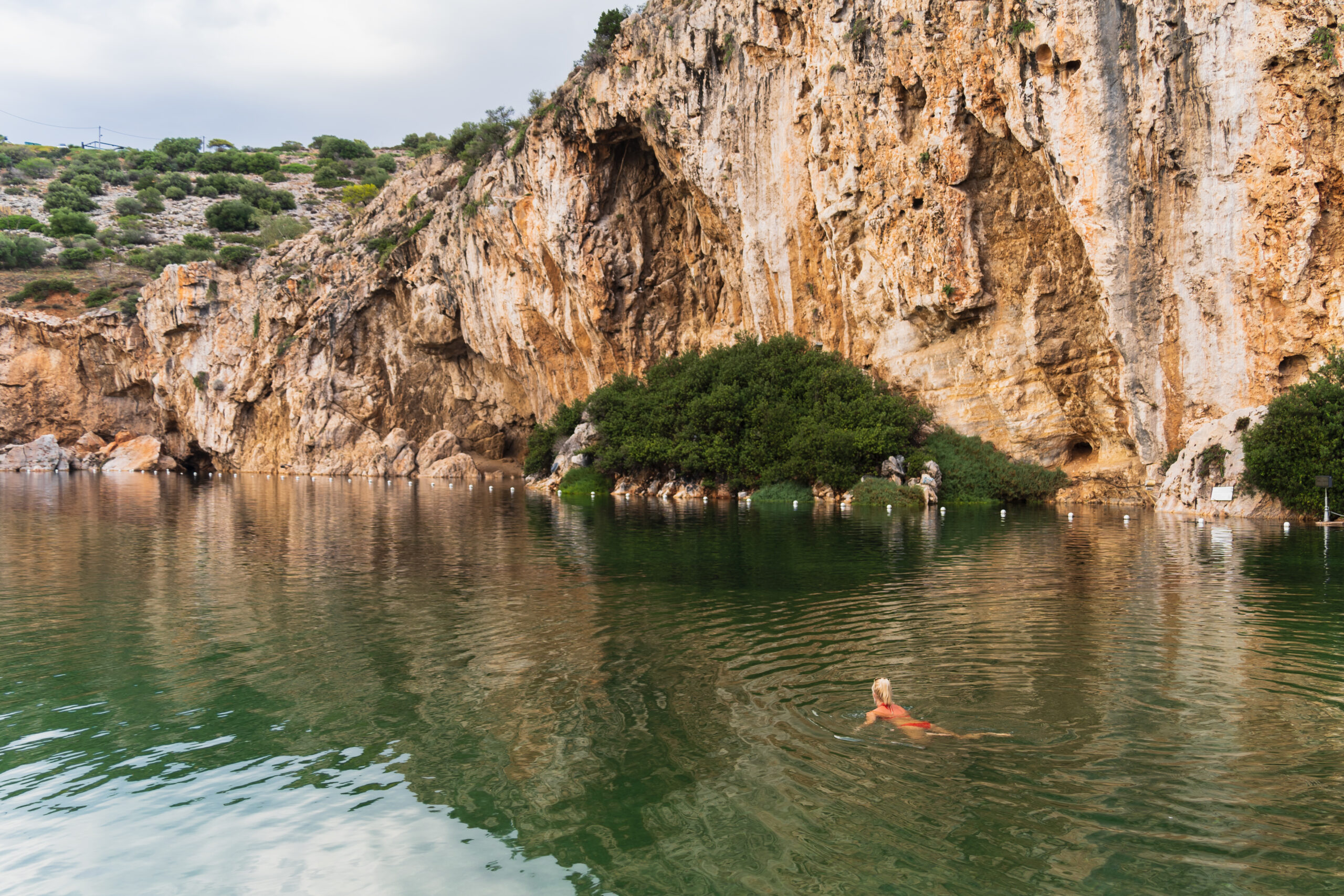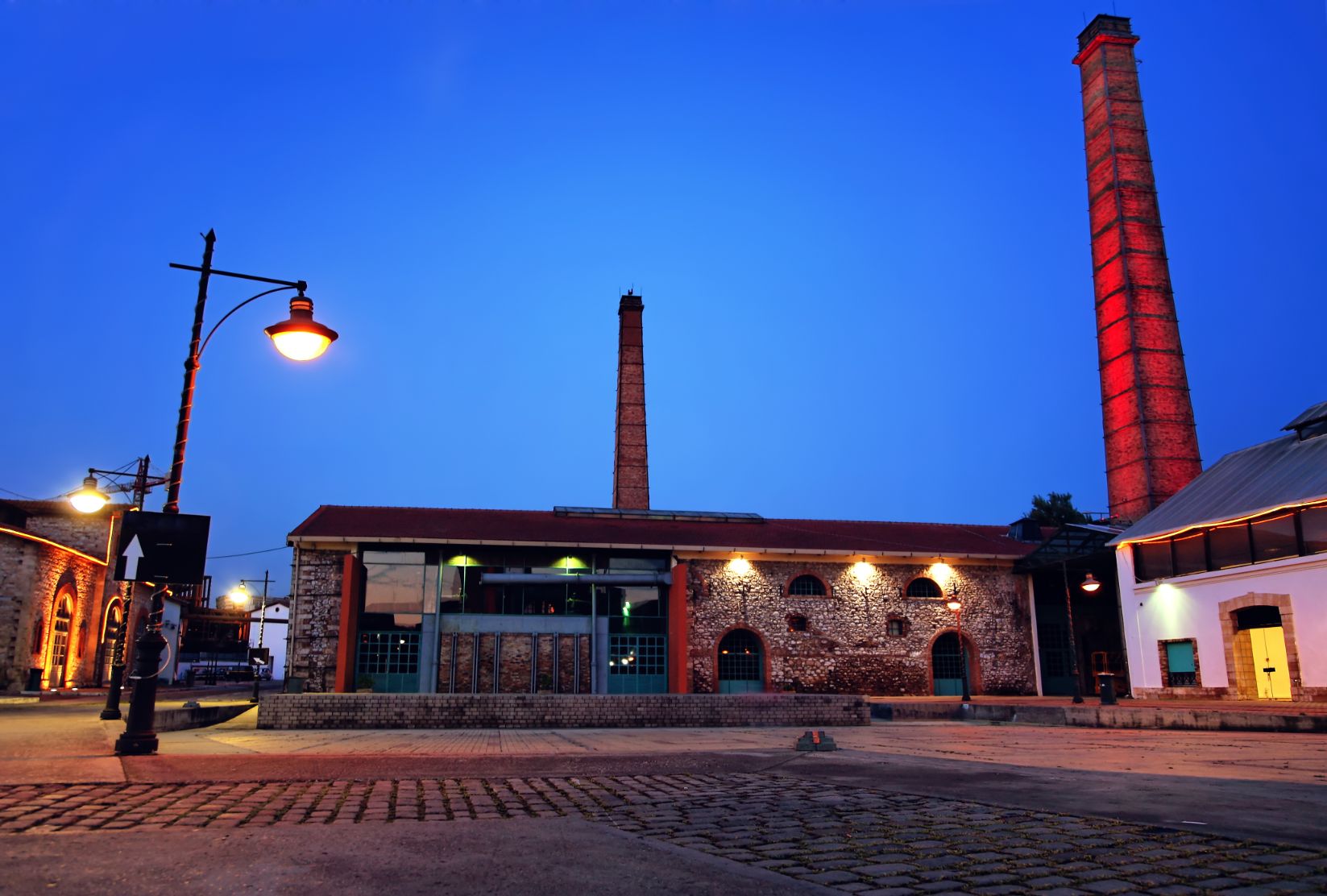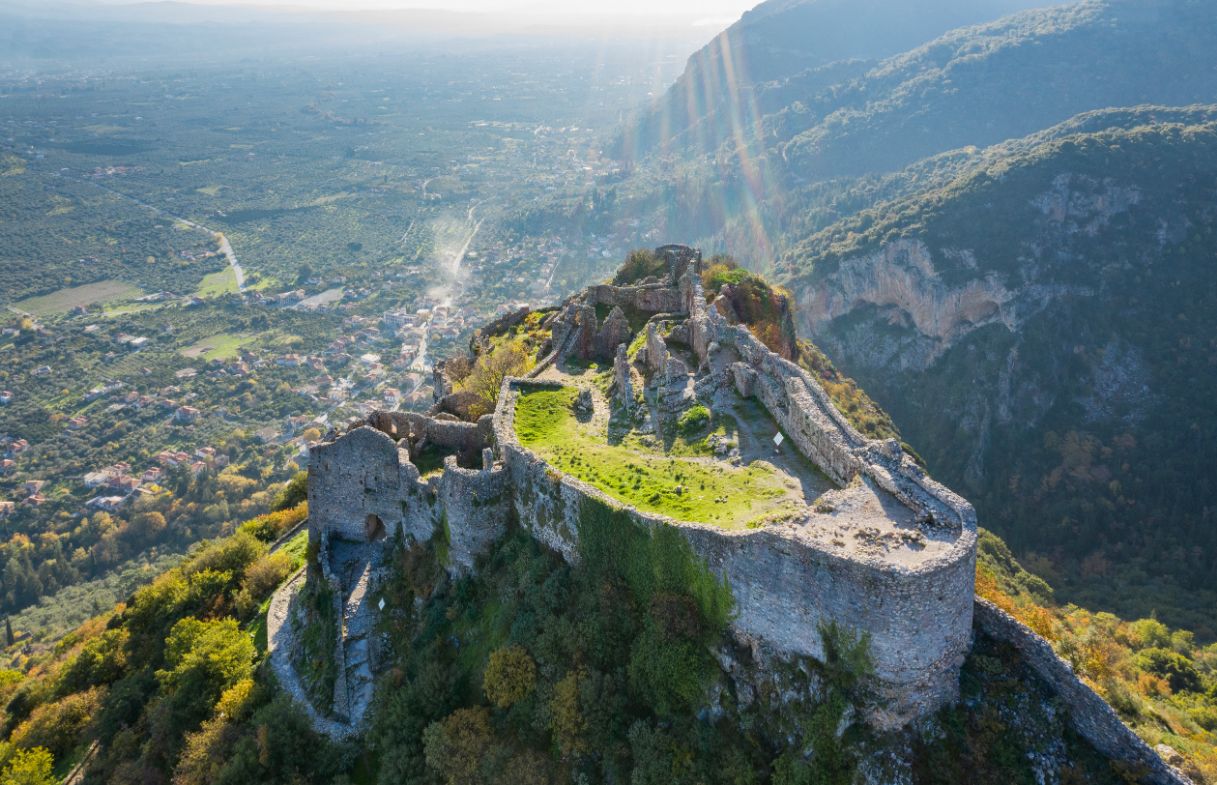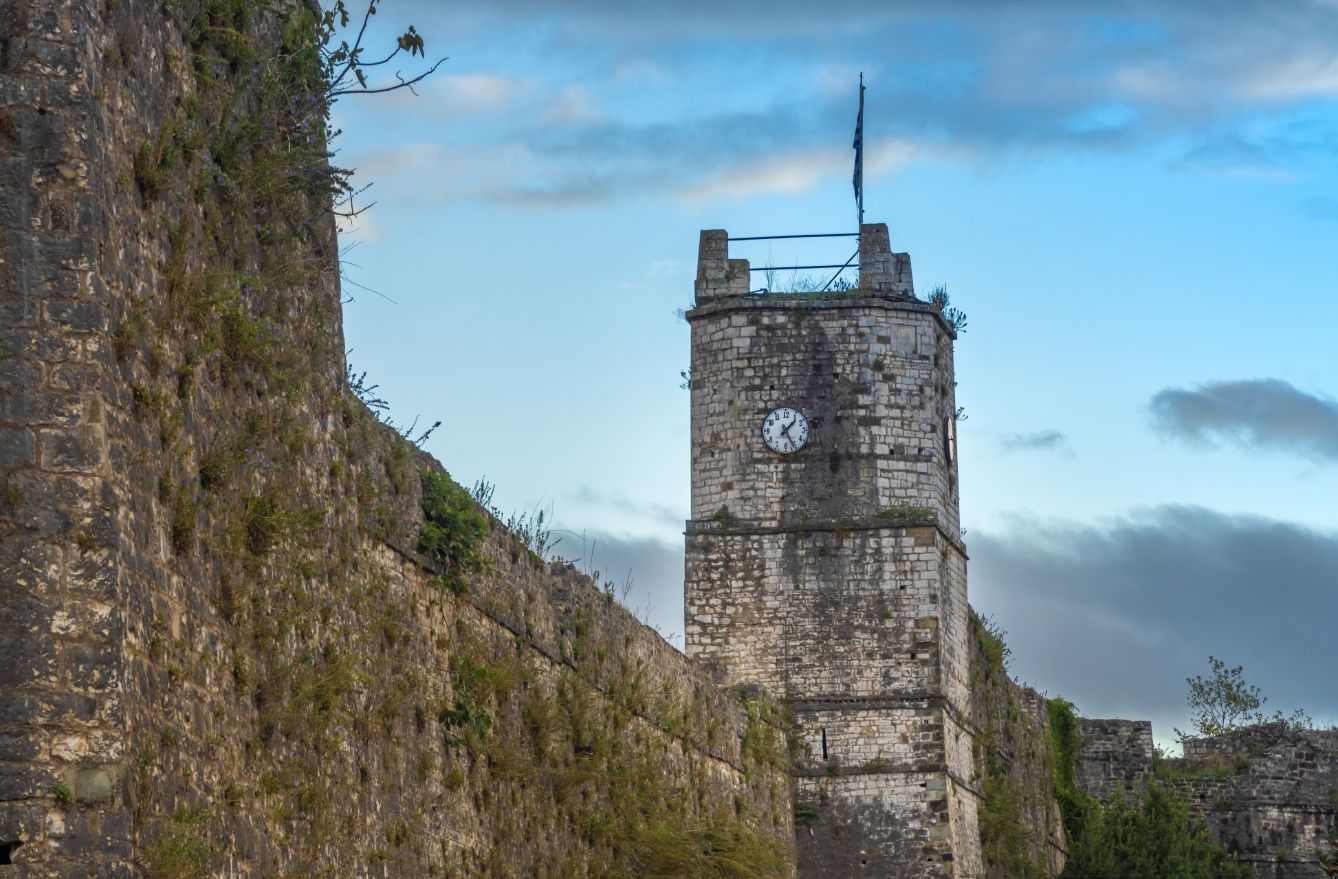Art and Life in the Heraklion Archaeological Museum
The Heraklion Archaeological Museum, in Crete, a cornerstone of Minoan civilization, stands as a testament to Crete’s rich past. Founded in 1883, the museum’s current structure, a striking example of modernist architecture, was completed in 1964, designed to showcase the island’s extensive archaeological finds. Its purpose is not merely to display artifacts but to weave a narrative of Minoan life, art, and culture, a civilization that flourished millennia ago.
The museum’s collection spans over 5,500 years, from the Neolithic period to Roman times, but its Minoan artifacts are undisputed stars. Among the most significant exhibits is the Phaistos Disc, a clay disc covered in unique, spiraling symbols, whose meaning remains an enigma, captivating scholars and visitors alike. Another treasure is the Snake Goddess figurines, delicate representations of female figures holding snakes, symbols of power, and possibly fertility, offering a glimpse into Minoan religious practices.

The museum boasts an unparalleled collection of Minoan frescoes, painstakingly reconstructed from fragments found at Knossos and other palatial sites. The Prince of the Lilies fresco, with its vibrant colors and intricate details, depicts a young man adorned with lilies, embodying Minoan grace and artistry. The Bull-Leaping Fresco captures the daring and athleticism of Minoan ritual, showcasing the culture’s fascination with bulls.
Beyond frescoes and figurines, the museum holds an array of Minoan pottery, jewelry, and sarcophagi, each telling a story of daily life, religious beliefs, and artistic expression. The Harvester Vase, a rhyton adorned with scenes of a harvest procession, offers insights into Minoan agricultural practices and social gatherings.
Visiting the Heraklion Archaeological Museum is more than just a walk-through history; it’s an immersion into a world of vibrant color, intricate detail, and enduring mystery. The exhibits provide a window into a sophisticated civilization that laid the foundation for European culture, making it an essential destination for anyone seeking to understand the roots of Western civilization. The museum is constantly evolving, with ongoing research and new discoveries adding to its already impressive collection, ensuring that the story of Minoan Crete continues to unfold.



